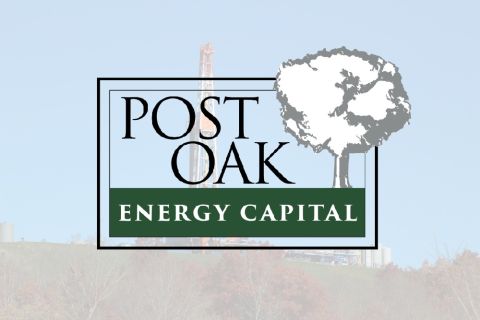The place is here, the time is now and you’re tasked to journey into the darkness of deep water. Down there, in the vastness of the void, stand the great yellow giants that are at work producing and processing hydrocarbons flowing from ever greater depths. Your only map to guide you from the wellhead to the other subsea components is either a 2-D drawing or a 3-D model of what the field should look like post-installation five years ago. But does it?
ROVs made deepwater journeys possible, but recent advances in tools have made the underwater workhorses more functional. For example, a company out of Boulder, Colo., built a system that makes a survey method known as light detection and radar (LIDAR) possible on the seafloor using ROVs. The company, 3D at Depth, uses subsea laser scanning to create accurate 3-D models that support subsea construction, retrofit and inspection processes. With subsea LIDAR it is now possible to confirm that a subsea field matches the 3-D post-installation model and more.
The technology was developed as a Research Partnership to Secure Energy for America (RPSEA) project. Founded in 2002, RPSEA provides focused R&D to deploy safe and environmentally sensitive technology that can deliver hydrocarbons from domestic resources.
The subsea LIDAR project is just one of many R&D efforts made possible through government funding received as part of the “Ultradeepwater and Unconventional Natural Gas and Other Petroleum Resource Research and Development Program” authorized by the Energy Policy Act of 2005. The 10-year program—funded from lease bonuses and royalties paid by the industry to produce oil and gas on federal lands—was designed to assess and mitigate risk, enhancing the environmental sustainability of oil and gas E&P activities.
In late September the consortium released its strategic plan for 2016 and beyond for managing and growing the organization’s capacity to conduct research on the biggest technical challenges facing the oil and gas industry today and into the future. The program will continue to focus on onshore and offshore challenges.
“We have an enormous opportunity to provide badly needed research for addressing the top challenges the oil and gas industry is facing today,” said RPSEA President Tom Williams in a press release. “This unique consortium of oil and gas producers, service companies, research universities and national labs can manage top-notch research teams with superior, specialized skills for finding technology solutions that will lead to commercial successes. This strategic plan sets a course for us to firmly establish ourselves as the premier problem solver for the U.S. energy industry.”
This cooperative R&D network of natural gas and oil experts has begun pursuing broader sources of funding for R&D projects with individual energy companies, associations, joint industry projects, foundations and not-for-profits, according to the press release.
Contact the author, Jennifer Presley, at jpresley@hartenergy.com.
Recommended Reading
ONEOK Replaces Three EnLink Board Directors Post Acquisition Close
2024-10-16 - Three Global Infrastructure Partner directors are being replaced on EnLink Midstream’s board of directors by members of ONEOK’s executive leadership team.
Former IPAA Chair Steven Hinchman Dies at 66
2025-01-03 - During his time with IPAA, Steven Hinchman founded Scala Energy and became its president and CEO.
Devon CEO Muncrief to Retire, COO Gaspar to Take Top Job in March
2024-12-09 - Devon Energy President and CEO Rick Muncrief, who has led Devon during past four years, will retire March 1. The board named COO Clay Gaspar as his successor.
Post Oak Backs Third E&P: Tiburon Captures Liquids-rich Utica Deal
2024-10-15 - Since September, Post Oak Energy Capital has backed new portfolio companies in the Permian Basin and Haynesville Shale and made an equity commitment to Utica Shale E&P Tiburon Oil & Gas Partners.
E&P Consolidation Ripples Through Energy Finance Providers
2024-11-29 - Panel: The pool of financial companies catering to oil and gas companies has shrunk along with the number of E&Ps.
Comments
Add new comment
This conversation is moderated according to Hart Energy community rules. Please read the rules before joining the discussion. If you’re experiencing any technical problems, please contact our customer care team.





